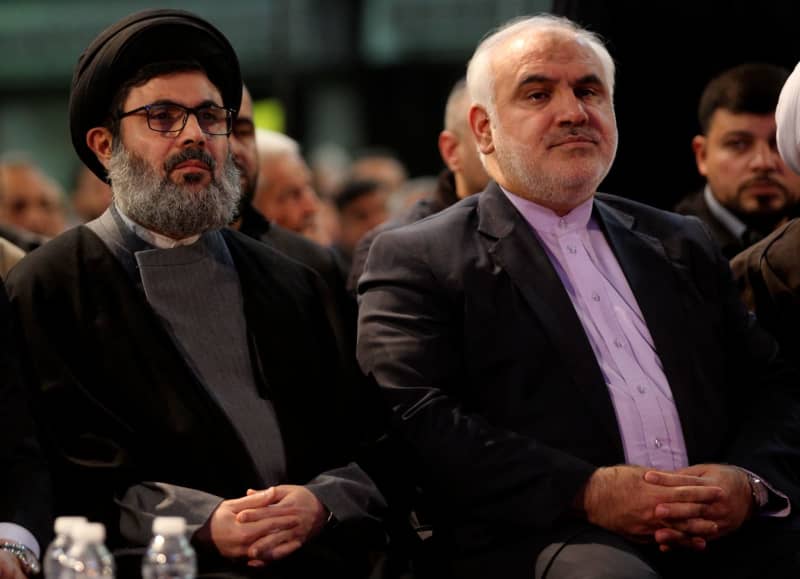Hashem Safieddine, a notable figure in Hezbollah and a key successor to the organization’s leader, Hassan Nasrallah, has reportedly been killed by the Israeli military. This news was disclosed through a military post on Telegram, confirming that Safieddine, who headed Hezbollah’s Iran-aligned council, was killed alongside Ali Hussein Hazima, the commander of Hezbollah’s intelligence headquarters, and several other commanders. The military asserted that these operatives were targeted in a strike executed approximately three weeks prior, within Dahieh, a significant stronghold for Hezbollah situated in Beirut. The Israeli military framed this operation as a strategic move, highlighting the precise nature of the strike directed at intelligence operations hidden underground amidst the civilian population.
The Israeli army has characterized the operation as a decisive action against Hezbollah’s leadership. Reports indicate that around 25 fighters were present at the time of the strike, among whom were several key figures instrumental in the organization’s command structure. Bilal Saib Aish, identified as the head of Hezbollah’s aerial intelligence unit operating in Syria, was also mentioned as being present during the strike. The death of Safieddine marks a significant blow to Hezbollah’s high command, given his role within the organization and his familial connection to Nasrallah, who has been at the helm of Hezbollah for over two decades. The absence of such a pivotal leader might create a temporary power vacuum and disrupt the operational capabilities of the militia.
Within Hezbollah, Safieddine held a prominent position as a member of the Shura Council, Hezbollah’s main decision-making body. This role placed him at the core of the organization’s strategic discussions and implementations. His close kinship with Hassan Nasrallah also positioned him as a critical figure to take on leadership responsibilities during Nasrallah’s absences. The Israeli military has accused Safieddine of directing significant “terrorist activities” aimed at Israel, substantiating claims that his role was not merely operational but also integral to Hezbollah’s broader strategy against the Israeli state.
The consequences of Safieddine’s death could reverberate through Hezbollah’s ranks as the group grapples with internal leadership dynamics and the tactical reorganization of its military operations. His elimination comes amid ongoing tensions and conflicts between Israel and Hezbollah, which have persisted for decades, often marked by cycles of violent confrontations and strategic posturing. This assassination might encourage further Israeli military operations aimed at decapitating Hezbollah’s leadership structure, especially given the group’s enduring hostility toward Israel.
The operation also highlights the complexities of urban warfare, particularly in an environment like Dahieh, where militant operations are deeply embedded within civilian populations. The Israeli military’s assertion of precision in targeting was likely aimed at justifying the thin line between military objectives and civilian safety during such operations, a point often debated in conflict scenarios. While the immediate impact of these strikes can diminish operational capabilities, the broader strategic implications involve a precarious balance of power within Hezbollah and the potential for retaliatory actions, which could escalate tensions in the region.
In summary, the killing of Hashem Safieddine has significant implications for Hezbollah and its ongoing conflict with Israel. His role as a senior leader reflects the deep-rooted connections between personal, familial, and political dynamics within the organization. The operation not only symbolizes a tactical victory for Israel but also raises questions about the future coherence and response strategies of Hezbollah in light of its leadership losses. These developments underscore the volatile landscape of Lebanese politics and militant activities, which are influenced by regional power dynamics and international relations, particularly involving Iran’s role in supporting organizations like Hezbollah.

